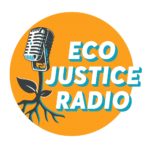

Subscribe to EcoJustice Radio:
Indigenous Approach to Ethnobotany with Richard Bugbee
As momentum continues to grow around the Land Back movement and Indigenous stewardship worldwide, the value of hearing from Elders who have long studied Indigenous traditions and lifeways, whether adopted or of their heritage, is a growing imperative. Their lived wisdom is essential, a gift and treasure for future generations, and continues the cycle of dynamic, inter-generational learning in the traditional way — the way of direct, felt experience and deep listening.
STORY: Poaching the Sacred: The Fight to Preserve White Sage
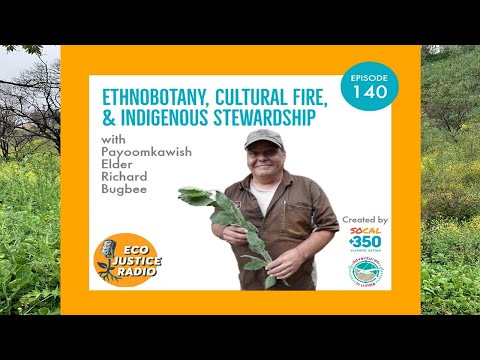
Watch this video on YouTube
Hear Payoomkawish (Juaneño/Luiseño) Elder Richard Bugbee share insights from his decades of studying the way of plants. He emphasizes the importance of reclaiming our ways of seeing, being and understanding the world by reclaiming Native languages and observing the world more closely. Enjoy provocative insights from an elder who has devoted his lifetime to the study of plants and their uses, the reclamation of language, and the practice of material culture.
Richard Bugbee Interview Excerpt
Carry Kim: Your entire life has been devoted to the study and teaching of traditional plant uses and Indigenous material culture. Could you share why this became your life path?
Richard Bugbee: It actually started with my grandfather. My grandfather, all my life, never lived very far from me. He was always within a block or two from living from where I lived. Even when I got married, I moved into a duplex and he had the other side.
Carry Kim: Oh, nice.
Richard Bugbee: He used to take me off in these little adventures and he’d show me how to make shelters and how to shoot bows and arrows and how to make bows and arrows and stuff like that. Not so much medicines and food so much, but more utilitarian type stuff. Uh, my grandfather was a cowboy and cowboys were kind of with trucks, there wasn’t much use for cowboys after trucks came along.
So, he took me out to actually the desert a lot and taught me a lot about plants and living out in nature, I guess you would call it that. I have a problem with calling it a wild because in our languages there’s no such thing as wild. No separation, no concept of wild. Um, our closest concept to wild is crazy. That’s the only thing we have is wild. It’s actually the same word as for crazy.
Richard Bugbee: I thought about how the education system works. How did we educate ourselves. And we educate through our family, like I did through my grandfather. And that was the traditional ways to your grandparents. But if your grandparents are living to be 125, you’re going to have great, great, great grandparents there. And that’s a lot of grandparents because you have four grandparents. You have eight grandparents. You have 16 great, great grandparents. For every student, there were 40 teachers that loved you and cared for you and wanted the best for you. As opposed to each teacher having 40 students that were kind of they’re there, but they’re gone in a traditional way. The students never leave. It’s almost 24 hours a day school.
Carry Kim: Yeah. You’re living together and they’re all close. Whereas now everyone is living apart from most of their relatives. I would say far from for the average person, they’re not living in the same vicinity of, especially not multiple sets of grandparents.
Richard Bugbee: Yeah. And the ceremonies that go with it, like our puberty ceremonies, that really separated being youth and being an adult and your responsibilities, and also your knowing what you’re going to be in life. There’s no doubts this is the direction. You’re going to be a singer, you’re going to be a dancer. You’re going to be a medicine person or plant person or whatever. And you knew by that age. And then you had all those 40 teachers say, oh, I know about this plan, or I know about but you.
Carry Kim: Were guided to find that path. That was just part of the tradition. You had in finding that path. Distilling it all down. You speak highly of your Kumeyaay mentor, Jane Dumas. How did she become your mentor around traditional plants in the Kumeyaay language?
Richard Bugbee: Well, I actually was close to her sister Jenny, and Jenny is actually a lady that gave me my name. But we go out and Jane would talk about her weeds, and I would listen to what she had to say. And I also would listen to a lot of people would come up and ask her questions afterwards, but I never would, I would always just listen. And after about a year or so, she goes, oh, you’re interested in plants? I go, yeah. She goes, you want to go with my mom’s gathering place and help me gather? And then she gave me my first lesson.
Richard Bugbee is Payoomkawish (also known as Payómkawichum Juaneño/Luiseño) from northern San Diego County. Richard has ties with multiple Indigenous nations including the Kumeyaay. He is an Instructor of Kumeyaay Ethnobotany and Ethnoecology at Cuyamaca College through Kumeyaay Community College. He is the Chair of the Board of Directors for the Advocates for Indigenous California Language Survival (AICLS). Richard is on the boards of Indigenous Regeneration (Mata’Yuum), Climate Science Alliance, and Inter-Tribal Fire Stewardship.
Richard was the Curator of the Kumeyaay Culture Exhibit at the Southern Indian Health Council, the Associate Director/Curator of the San Diego American Indian Culture Center & Museum, and the Indigenous Education Specialist for the San Diego Museum of Man. He was a member of the Native American Council for California State Parks, California Indian Basketweavers Association (CIBA), the Land ConVersation, and the Elders’ Circle for the U.S. Fish and Wildlife Service.
Richard has been learning traditional plant uses of southern California and the Kumeyaay language from Jane Dumas, a Kumeyaay Elder from Jamul Indian Village from 1980 to 2014. He was the ethnobotanist for the Traditional Indian Health Program through Riverside-San Bernardino Indian Health providing information on the interactions between traditional plant and pharmaceutical medicines.
He teaches indigenous material cultures and traditional plant uses of southern California at many museums, botanical gardens, and reservations, and is an instructor for summer cultural programs for several Kumeyaay tribes. His goal is to use knowledge to serve as a bridge that connects the wisdom of the Elders with today’s youth.
STORY: Indigenous California Legacy: Inter-Generational Wisdom on EcoJustice Radio
For an extended version of this interview and other benefits, become an EcoJustice Radio patron at https://www.patreon.com/posts/ethnobotany-fire-68593058
Listen to our related show on Indigenous Regeneration from earlier this year: https://wilderutopia.com/ecojustice-radio/indigenous-regeneration-remembering-the-past-to-inspire-the-future/
Podcast Website: http://ecojusticeradio.org/
Podcast Blog: https://www.wilderutopia.com/category/ecojustice-radio/
Support the Podcast: https://www.patreon.com/ecojusticeradio
Hosted by Carry Kim
Intro by Jessica Aldridge
Engineer and Original Music: Blake Quake Beats
Executive Producer: Jack Eidt
Show Created by Mark and JP Morris
Episode 140
Photo credit: Richard Bugbee
Updated 12 July 2023

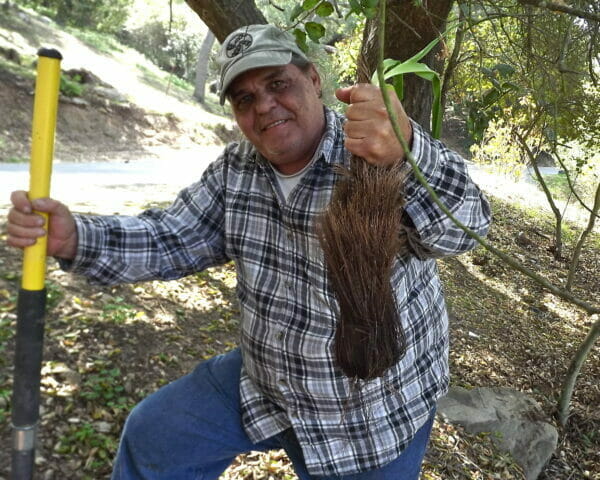


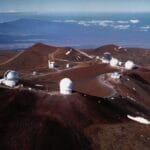
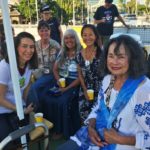
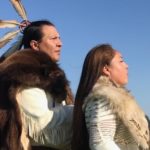
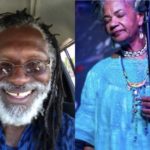
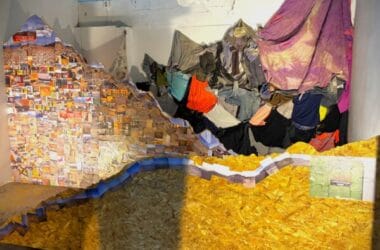
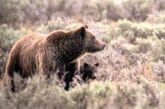




Pingback: Cultural Fire: Native Land Management and Regeneration
Pingback: Burning Cedar: Revitalizing Indigenous Foodways & Sovereign Wellness
Pingback: Native Wisdom: The Kumeyaay Way of Life - WilderUtopia